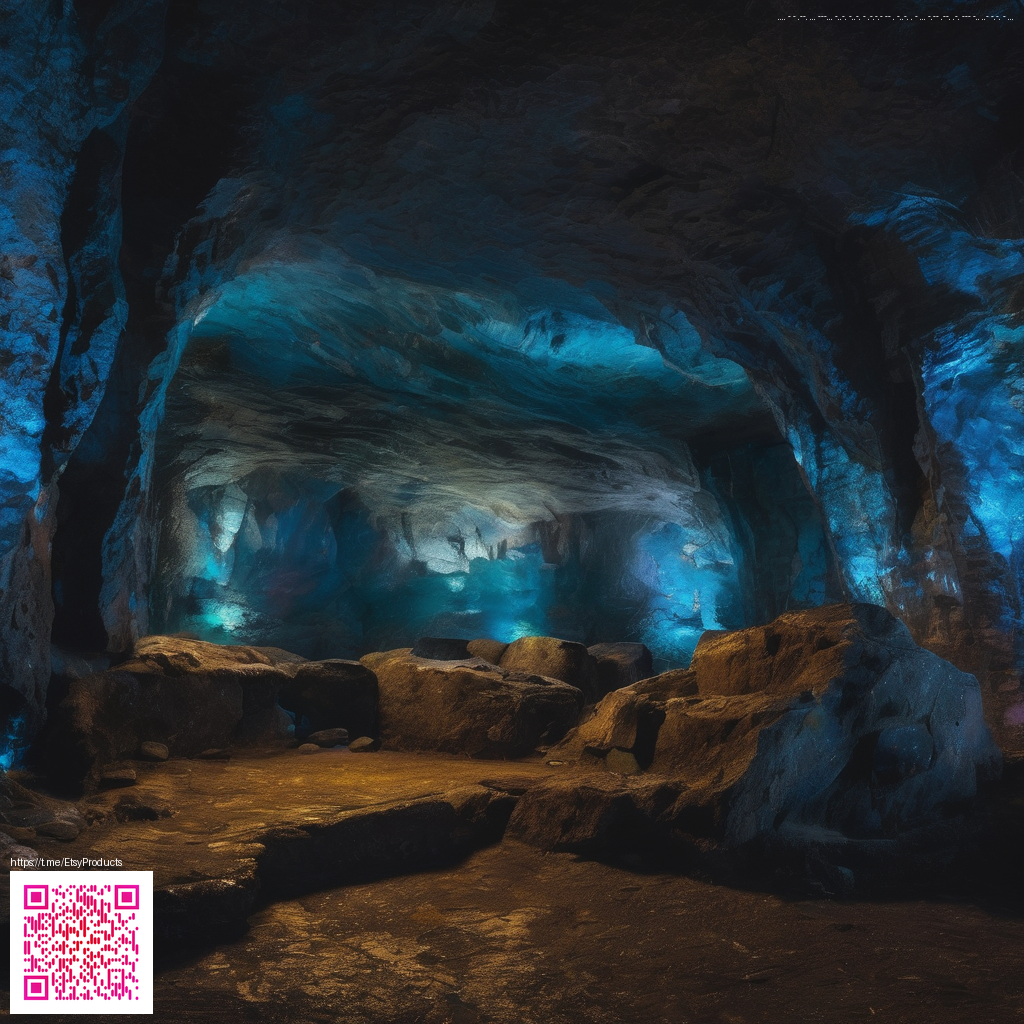
Digital PR vs Traditional PR: A Practical Comparison
Brand narratives no longer travel along a single pathway. Digital PR and traditional PR each offer distinct advantages, and the most effective strategies often blend both to maximize reach, credibility, and speed. Digital PR focuses on the online ecosystem—bloggers, influencers, media platforms, SEO-driven content, and data-backed storytelling—while traditional PR centers on established press relationships, earned coverage in newspapers and magazines, and event-driven outreach. Understanding their strengths helps marketers tailor campaigns that resonate with audiences across touchpoints.
What Digital PR Brings to the table
Digital PR thrives on speed, scale, and measurable impact. Campaigns typically emphasize earned media plus owned channels like a brand blog, email newsletters, and social platforms. Key elements include:
- Data-driven storytelling: research-backed angles that journalists and editors care about—whether it’s consumer behavior trends, product breakthroughs, or timely industry insights.
- Influencer and blogger collaborations: authentic content created by trusted voices that can drive traffic, conversions, and social chatter.
- SEO-informed outreach: optimizing headlines and assets to boost search visibility and long-tail discoverability.
- Rapid response and evergreen assets: timely pitches tied to news events and evergreen visuals, infographics, or how-to guides that stay useful over time.
For example, a hardware accessory launch such as a glossy neon-style phone case for the latest iPhone can benefit from a digital PR push that pairs micro-influencer unboxings with blog feature rounds. If you’re curious about a real-world product example, consider the Neon Slim Phone Case for iPhone 16, which demonstrates how digital channels can drive curiosity and traffic—more details are available here.
What Traditional PR Brings to the table
Traditional PR excels at trust, authority, and depth. It often yields features that audiences perceive as credible endorsements, thanks to the journalistic standards of mainstream outlets and the credibility of long-form coverage. Core strengths include:
- Journalistic credibility: well-placed features in established outlets can elevate brand perception and lend legitimacy during product launches or crisis moments.
- Event-driven opportunities: press conferences, product launches, and offline experiences that generate real-world coverage and networking.
- Relationship-driven outreach: long-standing connections with editors and reporters who can advocate for a story with depth and context.
- Crisis management and reputation control: structured messaging, spokespeople, and pre-approved materials that help navigate negative coverage calmly.
“A well-timed feature in a thoughtful publication can compound credibility, while digital campaigns accelerate engagement and reach.”
Key Differences: speed, scale, and measurement
When choosing between strategies, consider three lenses:
- Velocity: Digital PR can react within hours, testing angles quickly. Traditional PR often operates on longer cycles, with deliberate pitching and confirmation timelines.
- Reach and segmentation: Digital channels enable precise audience targeting, influencer tiers, and SEO-driven discovery. Traditional outlets offer broad, authoritative reach but with a broader audience baseline.
- Measurement: Digital PR shines with analytics—impressions, clicks, conversions, and sentiment. Traditional PR requires longer-term indicators such as share of voice, earned reach, and media quality metrics, often supplemented by tracking links and reader surveys.
For brands launching tangible products, blending methods often yields the best results. In practice, a digital PR sprint can generate buzz and early validation, while traditional PR sustains momentum through lasting coverage and expert commentary.
Blending strategies for a cohesive narrative
To craft a cohesive story, harmonize assets across channels. Start with a strong core message and adaptable angles that can fit blog posts, press releases, influencer briefs, and media kits. Consider these tactics:
- Anchor stories around consumer value: focus on problems solved by your product, not just features.
- Prepare adaptable assets: versatile press releases, high-resolution images, and prepared spokespeople quotes that translate across outlets and formats.
- Coordinate timing: align digital announcements with key media pitches and invitation-only events to maximize coverage windows.
- Measure early learnings: use digital analytics to refine future pitches and content angles before longer lead times are required.
Where to start your next campaign? A practical approach is to identify a flagship product moment—like a new hardware accessory such as the Neon Slim Phone Case for iPhone 16—and map a two-track plan: one leg for digital-first outreach and one for traditional media relationships. You can learn more about the product here and see how this kind of launch can be positioned for multi-channel success.